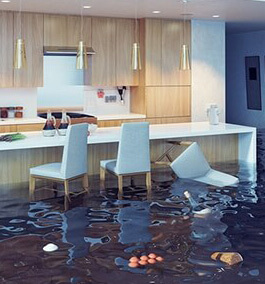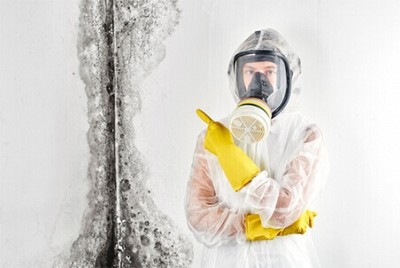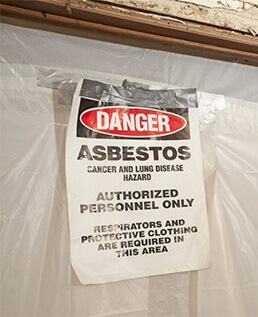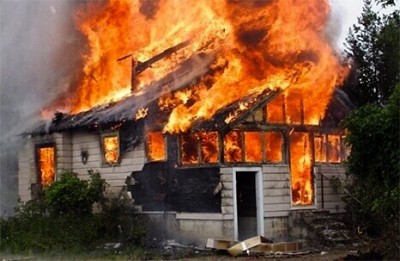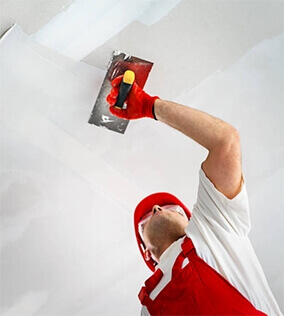The Role of Humidity Control After Mold Removal
Posted in Mold Removal, on August 19, 2024
Mold occurrences are both inconvenient and unsafe for homeowners. Mold growth is a very common occurrence in homes that have experienced moisture problems or water damage. Once you’ve got your mold removed, you should still be cautious, as reoccurrences can happen rather quickly. In order to ensure that mold remains gone after removal, you need to address the root cause of the problem. The root cause of mold is almost always humidity and moisture. So, being able to control humidity after mold removal will help protect your home. It will help prevent mold growth and structural damage to your home. Controlling humidity in your home will also improve air quality, and can reduce illness. If you require mold removal in Toronto, reach out to professionals at Canada’s Restoration Services. We have a variety of restoration services, including fire damage and flood damage restoration.
Contact us today for a free estimate on one of our services!
Continue reading to learn more about the importance of humidity control after mold removal.
Preventing Mold Reoccurrence
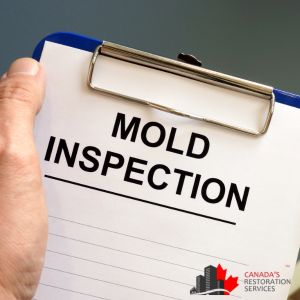 Moisture control is absolutely essential in order to prevent mold from growing back after removal.
Moisture control is absolutely essential in order to prevent mold from growing back after removal.
The Role of Moisture
Mold is often the direct result of a humid environment. Mold thrives and reproduces in environments that harbour moisture. This is why it commonly grows in bathrooms, behind appliances, insulation, or inside structural elements of your home that have suffered from water damage. Mold begins as a tiny spore that is invisible to the naked eye. When the spore lands in the correct breeding conditions, it can reproduce until the mold growth becomes visible. The best conditions for mold growth are a dark, damp, and humid environment. A relative humidity level of 70% or higher is usually ideal. So, in order to prevent future mold recurrences, you need to get the correct humidity levels in your home.
Maintaining Optimal Humidity Levels
Lowering the humidity levels in your home will help discourage mold growth from recurring. In order to do so, you should address leaks or plumbing issues in your home. If you have excess water/humidity anywhere in your home, you’ll likely have mold as well. You can hire experts, like those at Canada’s Restoration Services, who can locate the source of the humidity problem. Once you’ve ensured that your home is free of any leaks or water damage, you can monitor your home’s humidity levels. This will ensure that you are always aware of how susceptible your home is to mold. A reading between 30% and 50% is good. If you notice your levels creeping up above 50%, you can utilize a dehumidifier to help control the problem. If your levels get too high or if your efforts to control the humidity do not work, call in professionals for a mold inspection. Although it may seem tedious, continuously monitoring your home’s humidity levels will only benefit you in the long run. The more you do this, the faster you’ll be able to prevent mold growth.
Protecting Your Building
The main point of controlling humidity levels after mold removal is to prevent a reoccurrence. When you prevent humidity issues, you are also preventing potential damage to your home and its structure. As previously mentioned, mold is often caused by excess humidity, which is often caused by some type of leak. Leaks and trapped moisture often impact and deteriorate your home’s wooden elements, drywall and floors. Most people’s home structures contain wooden beams, and when wood lives in a humid or damp environment, it can begin to rot. Drywall is similar, as it can begin to crack and soften when exposed to a humid environment. Wooden floors can also rot and become warped.
This is dangerous, as it ruins the structural integrity of your home. When wood begins to rot, it basically just disintegrates and can fall apart after a long period of time. This makes your home more susceptible to any physical damage. If there is ever a serious weather event such as a tornado, hurricane or storm, your home is at a much higher risk of collapse. This could seriously injure you and your family. Repairing a collapsed structure is also very time-consuming and expensive. Similarly, drywall can also contribute to the structural integrity of your home, and when it becomes weak, your home can become more susceptible to damage. You’ll also need to pay a large amount of money to repair and repaint.
Preventing leaks in your home will play the largest role in reducing humidity and damage to your home’s structure.
- Check your insulation and ensure that there is no mold or moisture lurking inside
- Look out for any staining and bubbling on your ceilings or walls
- Listen for any odd sounds coming from behind your walls
- Check for any new or musty smells
- Use a humidity monitor to keep track of the levels in your home
Improving Air Quality and Health
Controlling humidity after mold removal is extremely important to maintain your health and the air quality of your home. Mold spores can fill the air of your home, and they will thrive for longer if you live in a humid home.
Health Implications of Mold
Reducing humidity in your home will lessen the symptoms of mold exposure and toxicity. Mold toxicity occurs when you inhale mold spores. This often causes a variety of cognitive and respiratory symptoms that can impact the quality of your life. Some of the many symptoms of mold exposure include:
- Persistent coughing that doesn’t seem to improve
- Wheezing or whistling sounds while breathing
- Difficulty breathing or having the feeling of a heavy chest
- Frequent stuffy or runny nose
- Continual irritation or pain in the throat
- Frequent headaches
- Unusual or chronic tiredness without a clear reason
- Poor cognitive function
- Increased sneezing, itching, or other allergy-like symptoms
Controlling humidity in your home can control the spread of mold spores, which can reduce symptoms of mold toxicity.
Benefits of Improved Air Quality
Having high humidity levels in your home also increases the amount of pollutants in the air. This ruins the air quality of your home and can lead to increased illness when breathed in. Reducing humidity can increase air quality, which provides many respiratory benefits.
- Reduced Respiratory Issues: Improved air quality lowers the concentration of allergens, dust, and pollutants in the air, which can reduce symptoms associated with respiratory diseases like asthma.
- Less Allergy Symptoms: Clean air with fewer irritants helps prevent allergic reactions and relieves symptoms.
- Improved Well-Being: Cleaner air contributes to better sleep quality, increased energy levels, and overall enhanced physical health.
There are also some comfort and “quality of life” benefits of improving air quality:
- Reduced Dampness: Proper humidity control prevents excess moisture buildup, eliminating the feeling of dampness and improving comfort.
- Fewer Musty Odors: Managing humidity reduces the musty smells often associated with high moisture levels and mold, creating a fresher odor.
- Prevention of Condensation: Effective humidity control prevents condensation on windows and walls, avoiding discomfort and potential damage to the home’s interior.
Mold Removal in Toronto with Canada’s Restoration Services
Overall, humidity is a large factor that contributes to mold growth. Controlling humidity levels in your home after mold removal can help prevent a reoccurrence. Taking measures to monitor and control humidity levels in your home can help you prevent regrowth. Controlling humidity can also help protect your home’s structure as well. Humidity and moisture can damage your home’s structure and ruin its structural integrity. Being able to detect leaks and humid environments in your home can make all the difference. Reducing humidity after mold removal can also help reduce mold toxicity and allergy symptoms while improving indoor air quality. Iff you have just conducted mold removal in Toronto, think about investing in dehumidifiers and humidity monitors! If you are concerned about water damage or a mold recurrence, contact the experts at Canada’s Restoration Services. We offer mold removal, testing and flood damage restoration. Contact us today for a free estimate!


